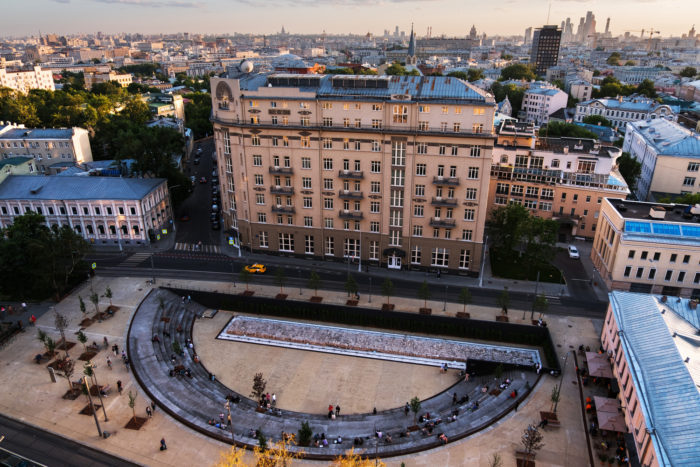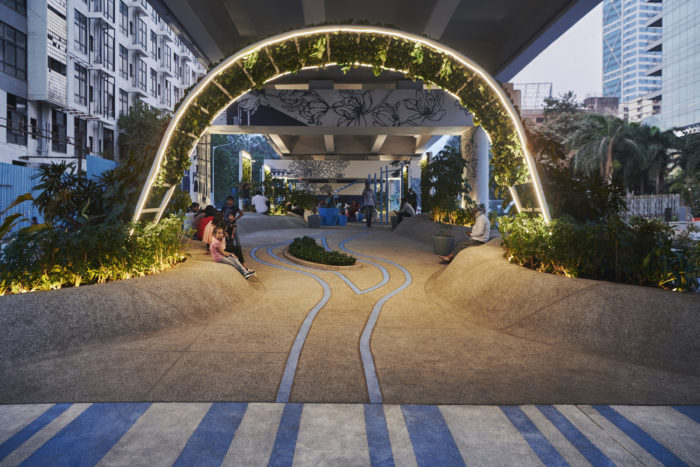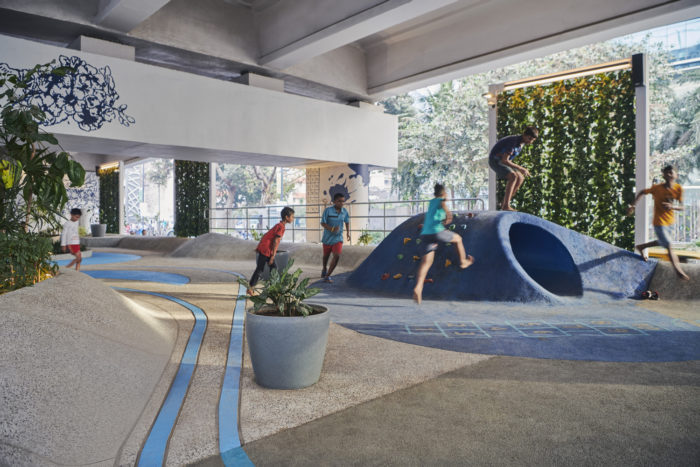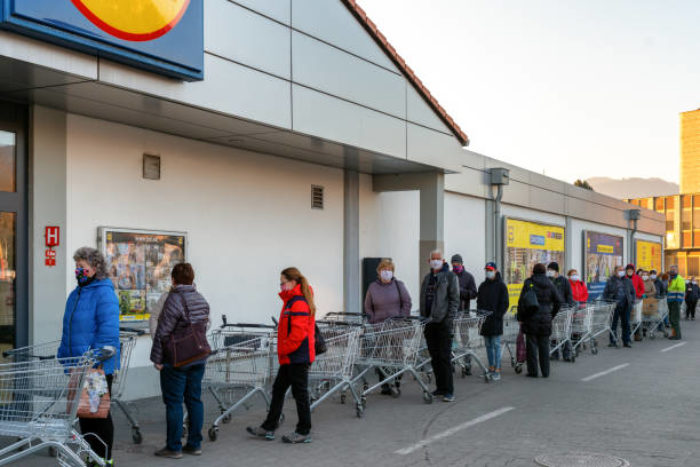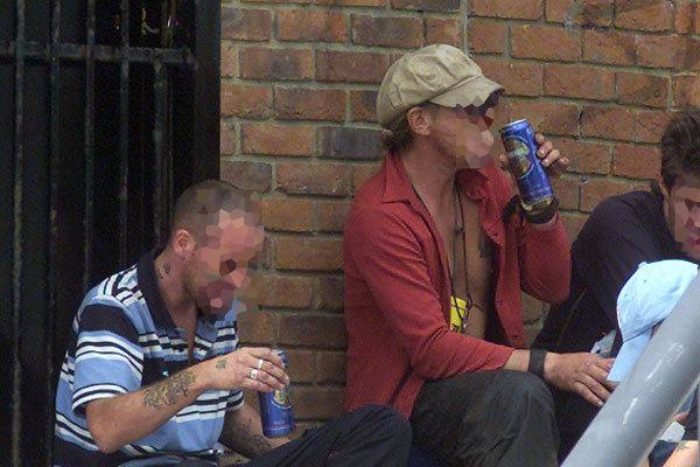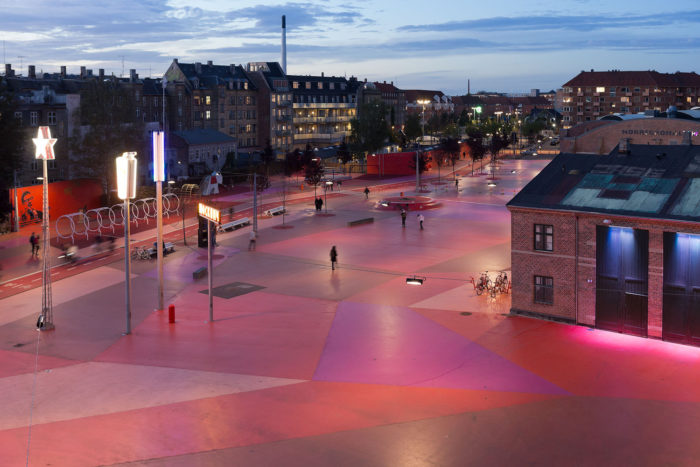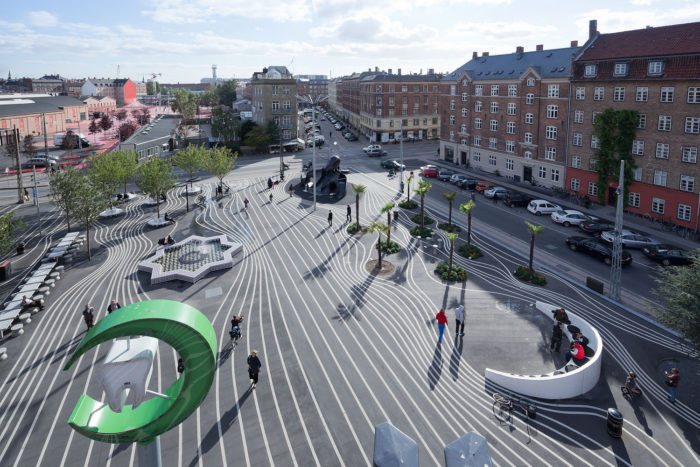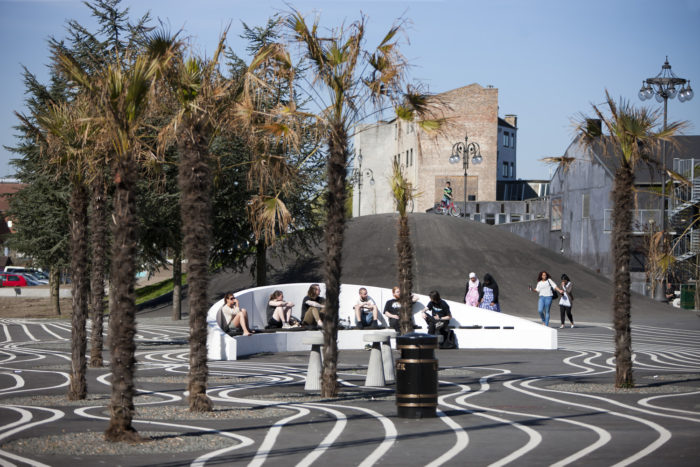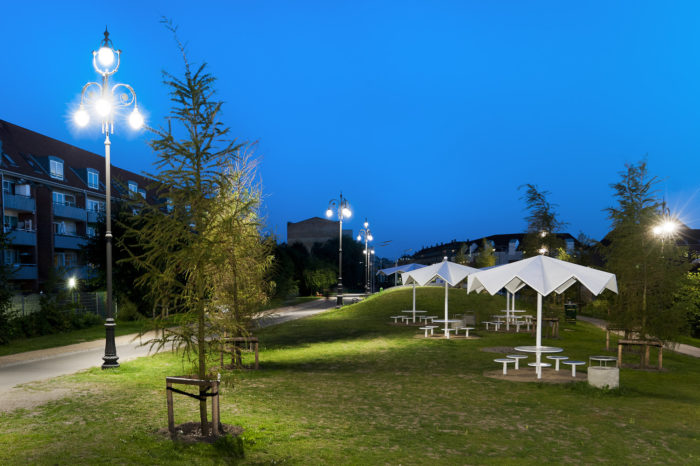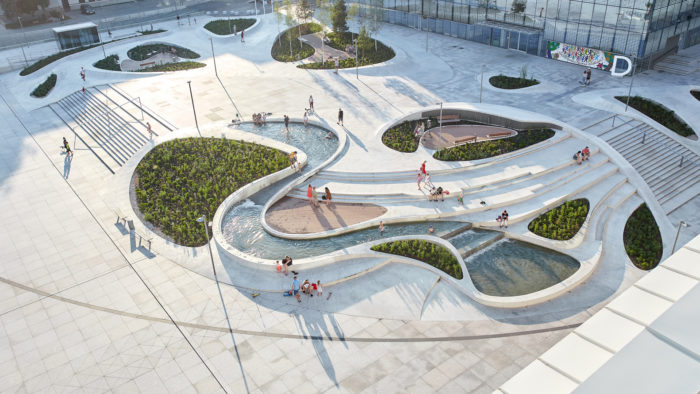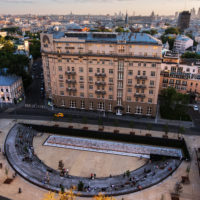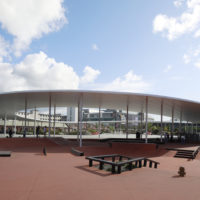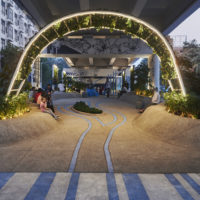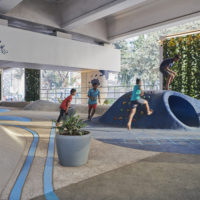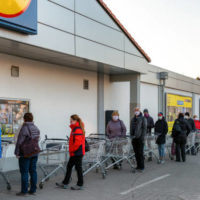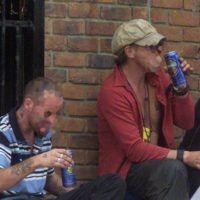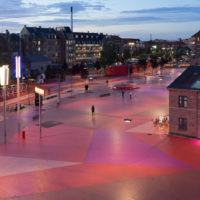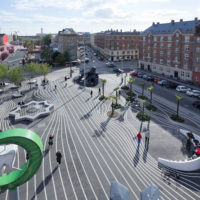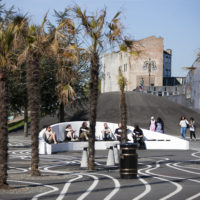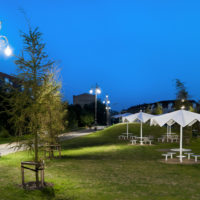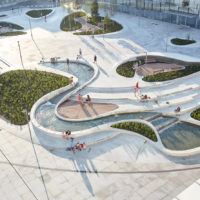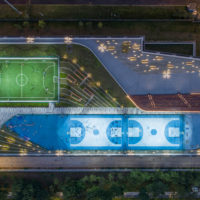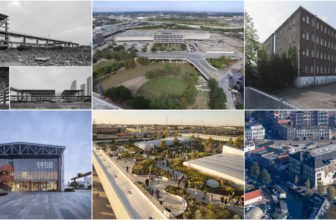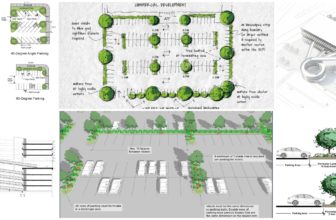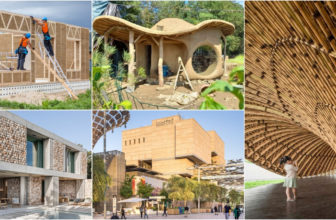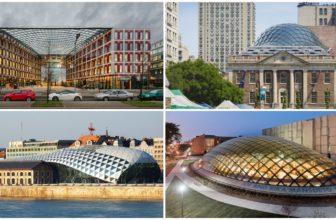To understand the relationship between people and their environment (place), we must first consider the concept and quality of public places to achieve a vibrant urban setting. Public places are a component of the public sphere. The public sphere is where strangers meet, which stands in contrast to the private sphere, where close relationships, such as the family, flourish (Hampton, 2014).
1) Characteristics of Public Places
A public place reflects ourselves, our larger culture, private beliefs, and shared values. It is the common ground where civility and our collective sense of what may be called “publicness” are developed and expressed. Our public environment reflects or mirrors individual behaviors, social processes, and often conflicting shared values (Altman, 1989).
Thus, considering the relationship between people and their place starts with architectural or environmental determinism, where the physical environment influences human behavior. When we are trying to talk about public places, first, we must understand and conceptualize that public places are an opportunity to exchange messages with diverse others. Public places include the city’s streets and markets, sidewalks, parks, plazas, playgrounds, and neighborhood spaces in residential areas to which all persons have legal access. Thus, public places are necessary for people’s and communities’ social life (Worpole, 2007).
2) Improvisation That Happens in Public Places
On the one hand, a discussion of public places raises the question, who is a public place for? Public areas are considered the meeting point of interest for many different groups. Studying the needs and agendas of these unlike ‘publics’ is vital for understanding how the public place is developed, used, and valued.
In addition, public places provide avenues for movement, a means of communication, enjoyment, and relaxation. The ability of public places to educate and offer knowledge is also a significant aspect, mainly when these spaces play an essential role in the city’s history and its citizens’ social life.
Over time, many public places have been the epicenter of social life by providing people with opportunities to gather and socialize, celebrate, for children to play in, and understand economic, cultural, religious, and political activities.
However, changes and transformations in public places have evolved since everyone is entitled to use them. Sometimes we see people in the same park or square we don’t know or do not care to associate with. They might sit next to us, and they might do unpredictable things, things that we might find offensive or annoying. Some people are not always welcomed in public places; some no longer fulfill traditional normative expectations of what is considered appropriate behavior, and some groups can be privileged over others (Kostof, 1999).
Lawson (2001) argues that whenever we find people together collectively inhibiting some part of our world, we also tend to find rules governing their use of space. The queue, for example, is a form of conventionalized behavior triggered by environmental signals. When someone pushes in front of you in a line, you feel offended because you are one place further back and because they failed to respect the rules.
In most situations where we queue, there are also token signals from the physical environment that we should behave in this highly artificial way. The rope barriers sometimes used to form queues in public places can hardly contain a crowd physically, yet without them, the group would probably push and shove in a chaotic and possibly aggressive manner (Carmona, 2003).
Another example is in one town center where a new fountain had been installed, local traders, who regarded it primarily as an attraction to shoppers, resented the fact that children used it as a play facility. This means that the needs and interests of children and young people should be overlooked. Another example is how young people may often use local parks for hanging out or by groups of street drinkers. Without other facilities or spaces for these groups, this might be considered legitimate as long as no harm is caused to others (Aghostin, 2007).
3) The Role of Architects and Planners
By now, you must have asked yourself what the designer’s role is in including or restricting this freedom of action. The answer is that public life changes transform public places’ design and management. Existing sites have become more controlled by owners, managers, and urban designers.
Moreover, built environment professionals should adopt a more sensitive approach when dealing with issues that can affect human behavior and influence patterns of human activity and, thus, social life. It does this by suggesting methods by which designers can ensure that public places are receptive to people’s behavioral responses (Attia, 2011).
This can be seen in the Superkilen public park in the Norrebro district of Copenhagen, Denmark, designed by the arts group Superflex with the collaboration of Bjarke Ingels Group and Toptek 1, a German landscape architecture firm. The park was officially opened in June 2011. Superkilen is a park that supports diversity. It is an exhibition of furniture or everyday objects worldwide, including benches, lampposts, trash cans, and plants. The conceptual starting point is a division of Superkilen into three zones and colors – green, black, and red. The different surfaces and colors are integrated to form new, dynamic surroundings for everyday objects.
The Red Square is conceived as an urban extension of the inner life of the Norrebrohall. A range of recreational offers and the large central square allows the residents to meet each other through physical activity and games. Also, Red Square creates the setting for an urban marketplace that attracts visitors every weekend from Copenhagen and the suburbs.
As for the Black area, the Mimers Plads is the heart of the Superkilen master plan. This is where the locals meet around the Moroccan fountain, the Turkish bench, and under the cheery Japanese trees as the extension of the area’s patio. On weekdays, permanent tables, benches, and grill facilities serve as an urban living room for backgammon, chess players, and the like.
The Green Park includes several moved sports facilities, including the existing hockey field with an integrated basketball court, as it will create a natural gathering spot for local young people. The activities of Green Park, with its soft hills and surfaces, appeal to children, young people, and families. A green landscape and a playground where families with children can meet for picnics, sunbathing, and breaks in the grass. The neighbors asked for more green, so it made Green Park completely green, not only keeping and exaggerating the curvy landscape but also painting all bike and pedestrian paths green.
Finally, we are trying to focus on that the primary goal of planners and urban designers is to develop the quality of public places and, at the same time, respond to the context of the surrounding environment. Above all, urban designers and planners can link the gap between design and behavioral science by identifying the users’ preferences and the value of the environment.
Here comes another question; how important is it to involve people in the design and planning process? The most compelling argument is presented in the way of using and determining public spaces. Also, it is essential to emphasize the social participation of users in the design and management process, which can create public place quality and achieve an integrated relationship between people and their environments.
- Khokhlovskaya Park / Strelka KB + DJAO-RAKITINE. ©Alexey Nazarov
- Ruten Park / SpaceGroup .©Ivan Brodey
- One Green Mile / MVRDV. ©Suleiman Merchant
- One Green Mile / MVRDV. ©Suleiman Merchant
- ©iStock
- ©The Argus
- Superkilen / Topotek 1 + BIG Architects + Superflex. ©Iwan Baan
- Superkilen / Topotek 1 + BIG Architects + Superflex. ©Iwan Baan
- Superkilen / Topotek 1 + BIG Architects + Superflex. ©Torben Eskerod
- Superkilen / Topotek 1 + BIG Architects + Superflex. ©Mike Magnussen
- V-Plaza Urban Development / 3deluxe architecture. ©Norbert Tukaj
- Shenzhen SkyPark / Crossboundaries. ©Yu Bai


